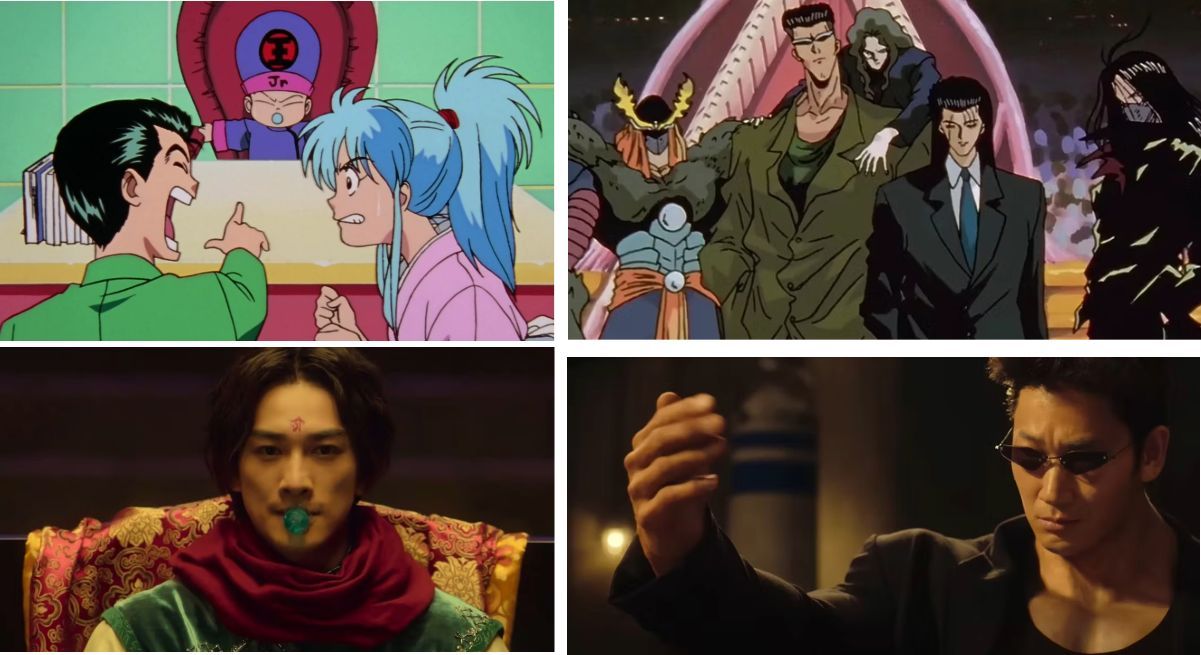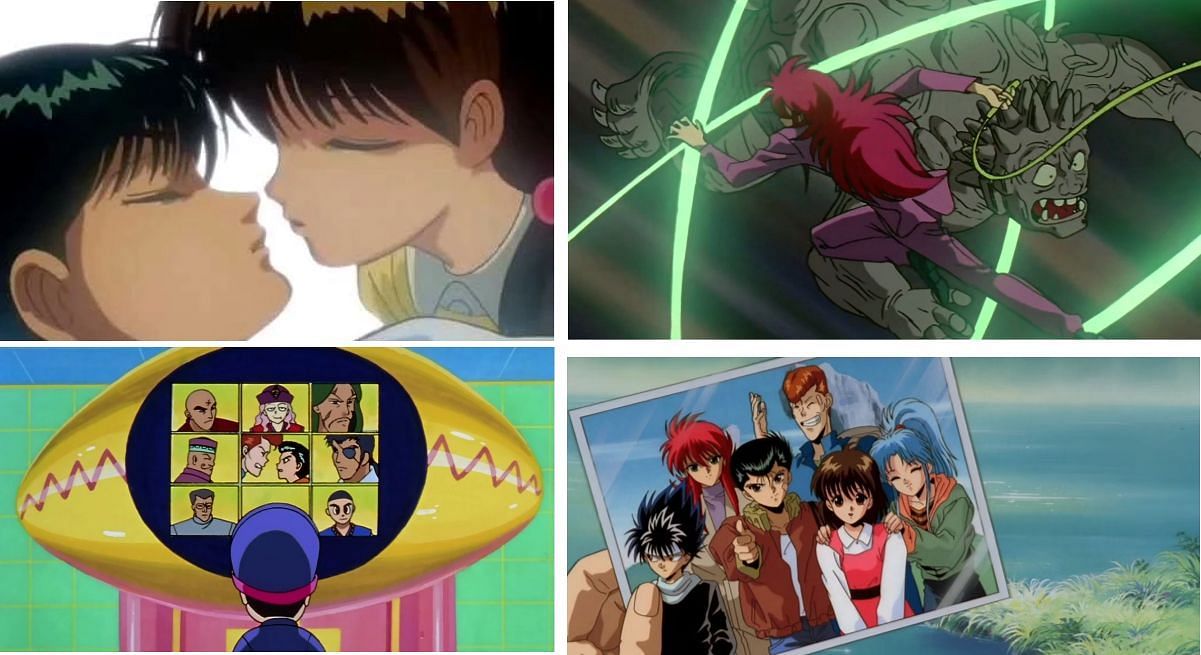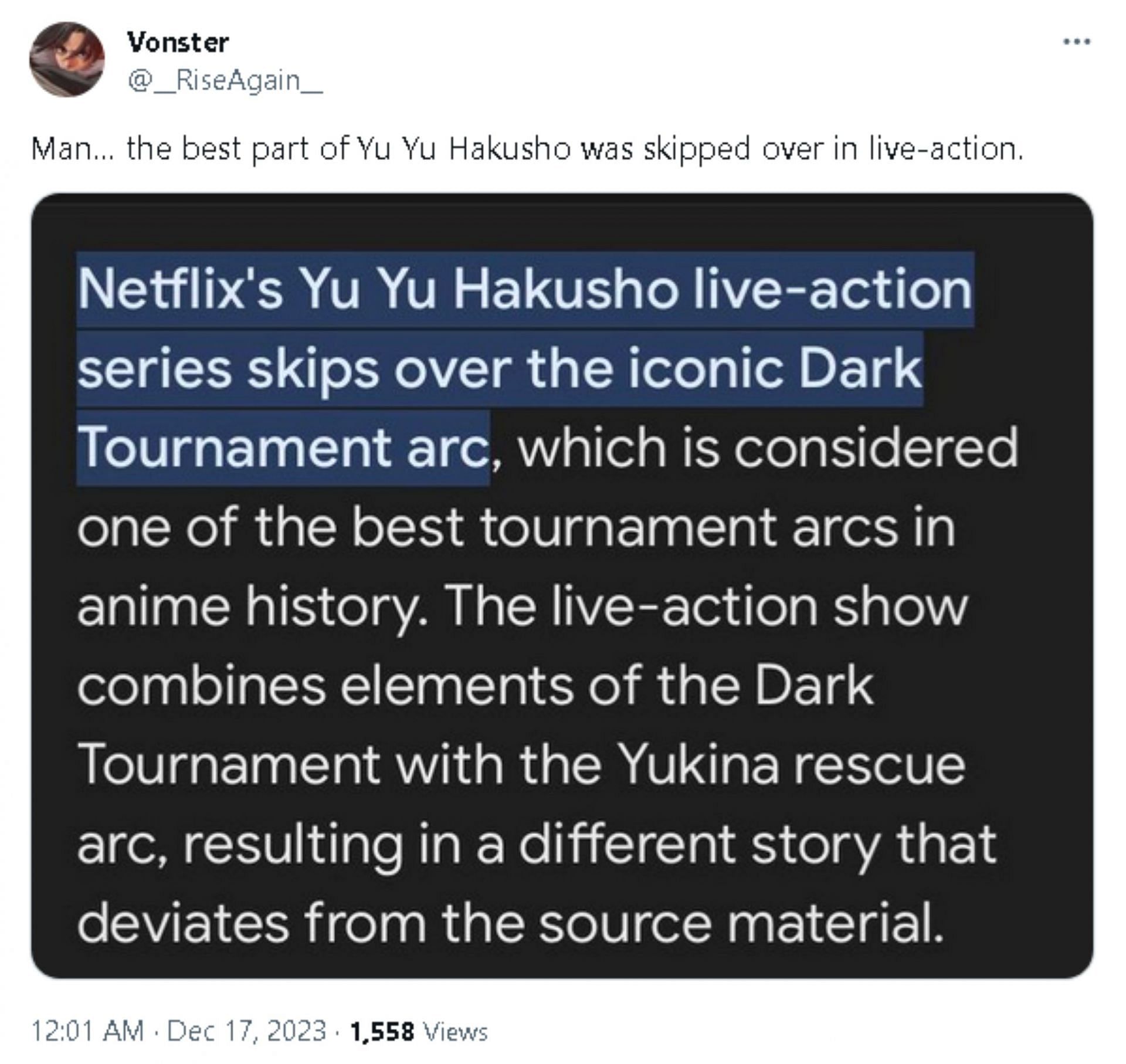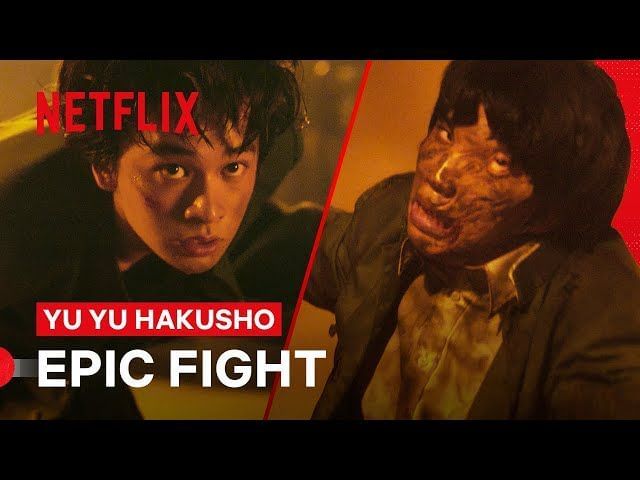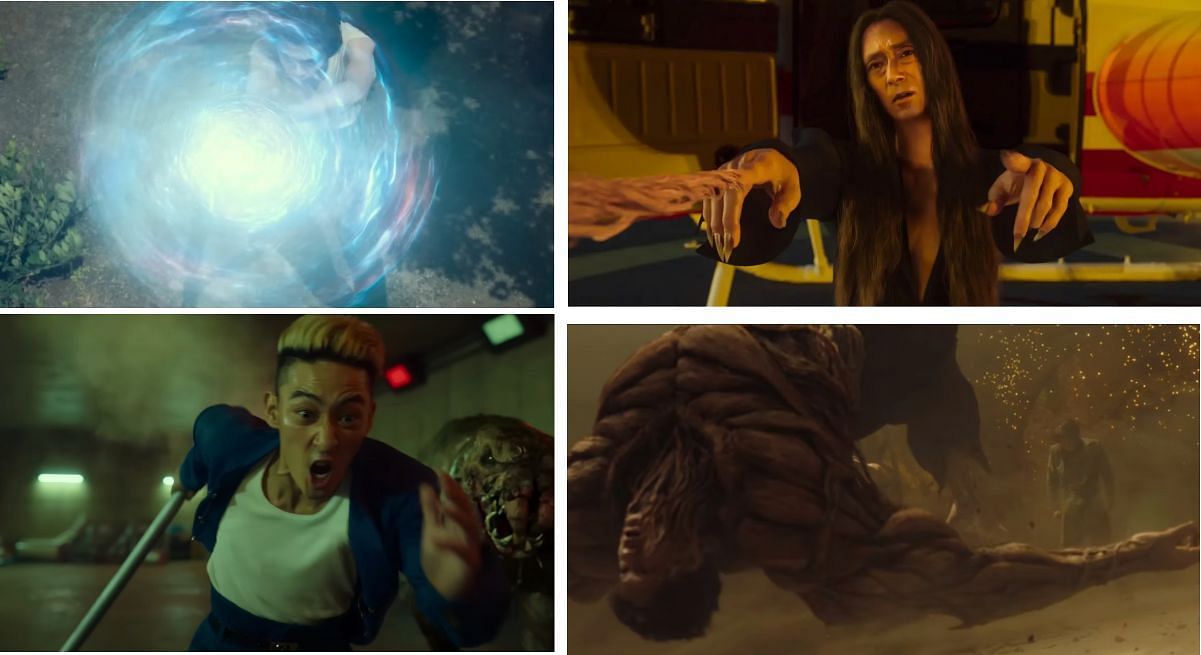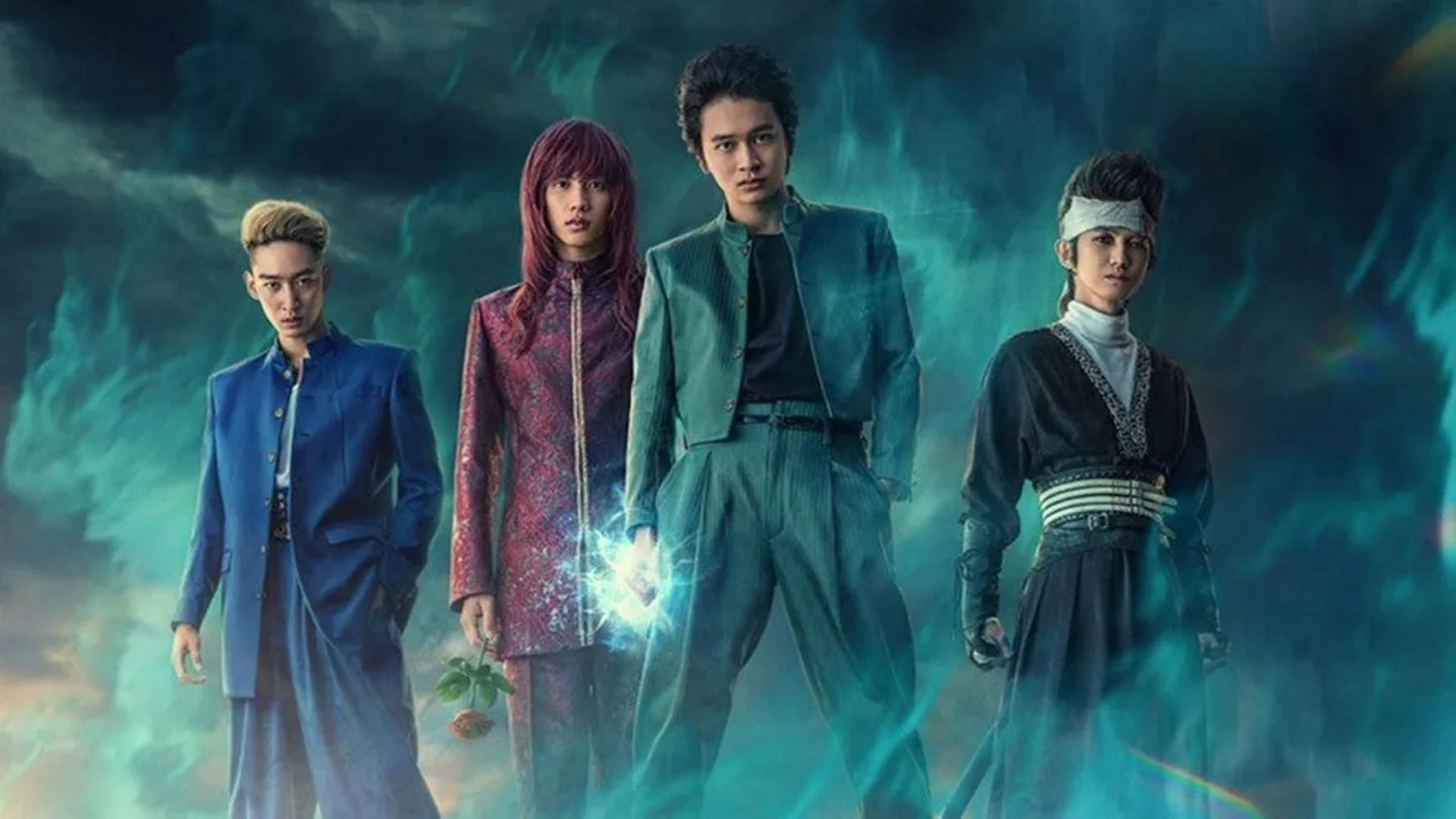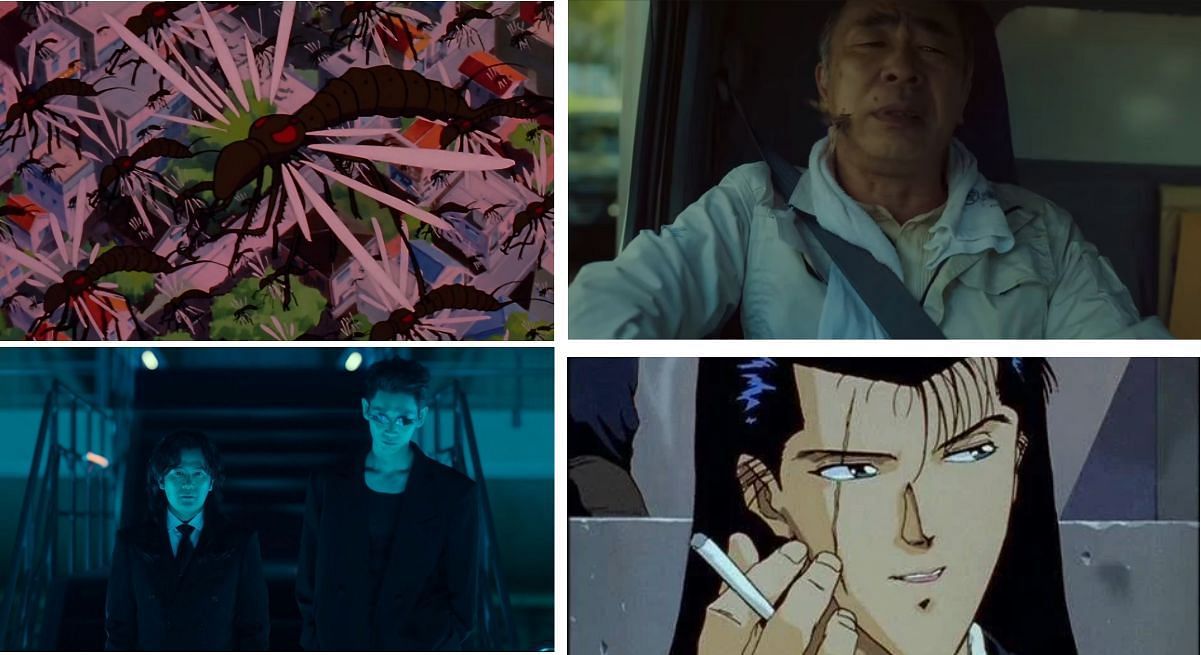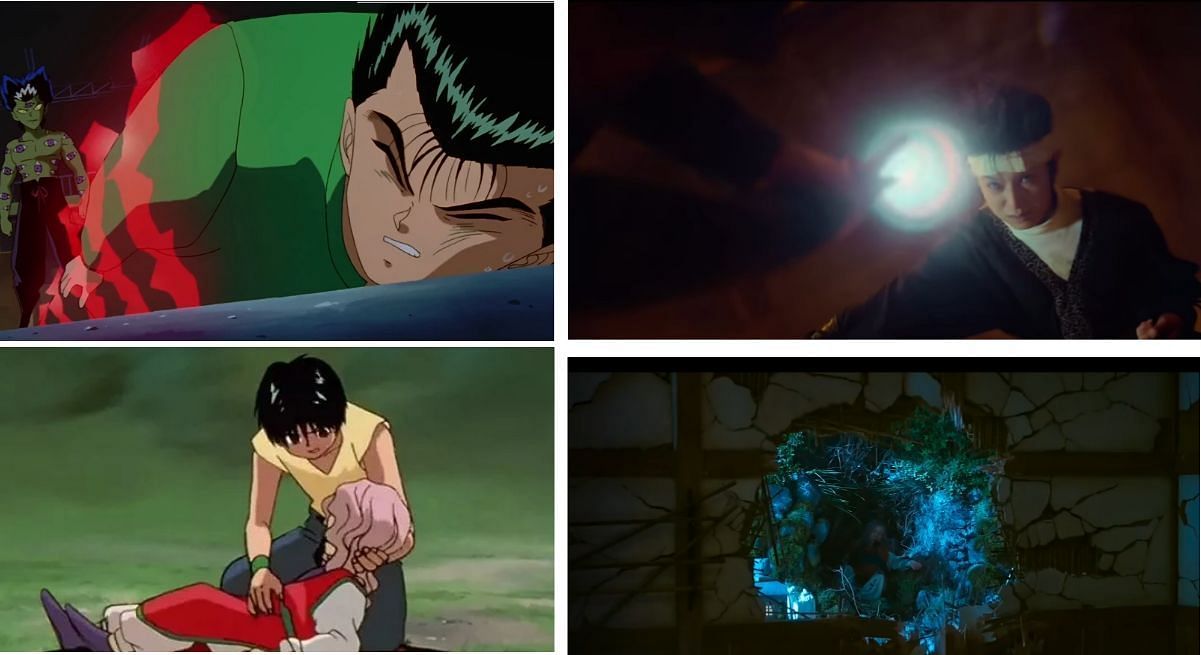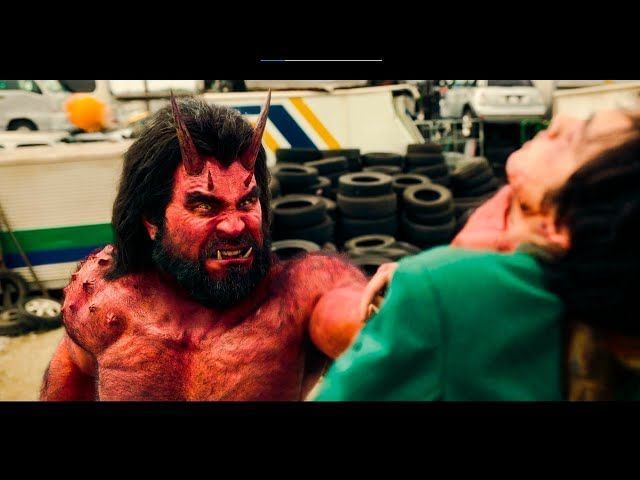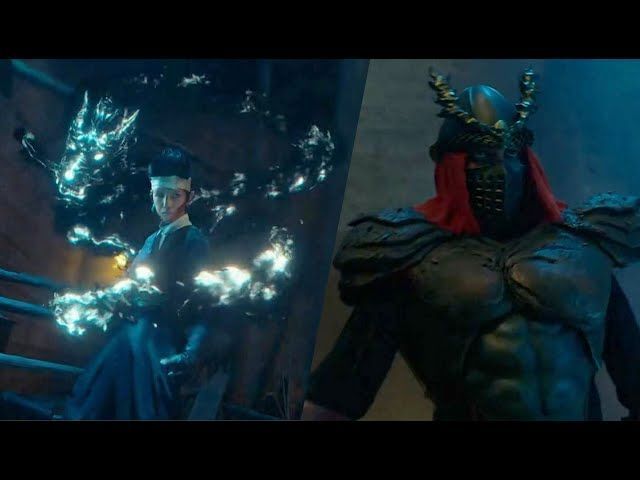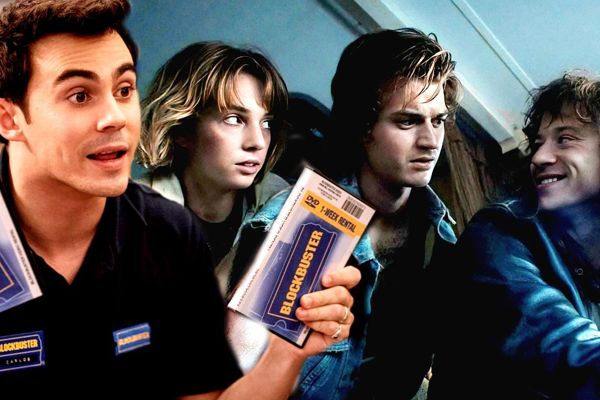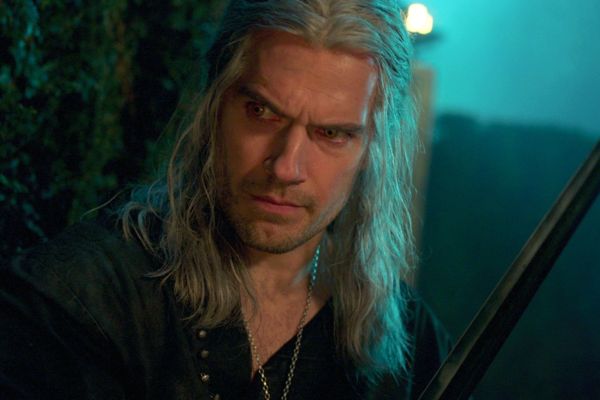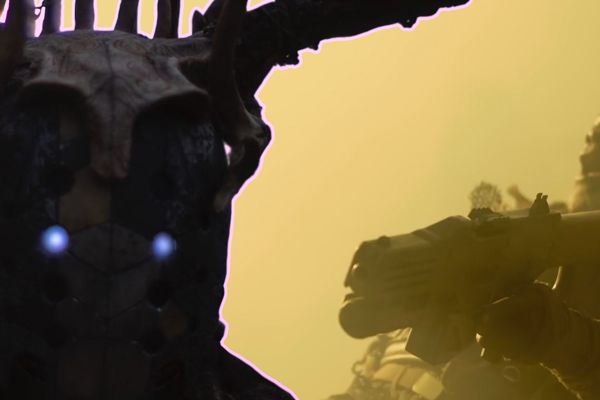
Netflix's Yu Yu Hakusho live-action review: A Masterpiece or a Missed Opportunity?

Netflix's Yu Yu Hakusho live-action adaptation: A mixed bag of great performances and good fight choreography, but weighed down by truncated story arcs, excessive creative liberties, and limited special effects The cast brings their A-game, but the pacing and changes leave fans questioning its success
Many live-action anime adaptations tend to be either hit or miss, and Netflix's live-action adaptation of Yu Yu Hakusho, released on December 14, 2023, falls into the latter category. Unlike the well-received One Piece adaptation, Yu Yu Hakusho has earned mixed reviews, with some praising its fight choreography and performances while criticizing its changes to the original story and lore.
Disclaimer: The following article will contain spoilers for the live-action Yu Yu Hakusho series and the original series. All opinions are exclusive to the author.
Netflix's Yu Yu Hakusho live-action is a mixed bag of great performances, good fight choreography, with too many changes
Some story arcs are truncated, others fused into one
Koenma and Team Toguro in Yu Yu Hakusho live-action vs. animation (Image via Our Website)
The Yu Yu Hakusho live-action series is essentially a condensed version of the original story. Similar to the One Piece live-action series, it combines and shortens the first two sagas. The first three episodes cover the Spirit Detective Saga, while the last two compress and alter the Dark Tournament Saga. However, this truncation of storylines introduces challenges in staying true to the original manga and anime, as condensing 66 anime episodes and 113 manga chapters into a five-hour series requires many compromises that may disappoint longtime fans.
One thing that needs improvement is the shortening of Yusuke's death scene. In the live-action, his death plays out very similarly to the original; he saves a kid from an oncoming truck. However, the issue is that his revival happens too quickly, without the same level of complexity and depth as in the anime and manga.
This truncation undermines the Yu Yu Hakusho live-action series' storyline and the threat posed by villains like Younger Toguro. In the anime, Younger Toguro repeatedly poses a threat to Yusuke throughout the Dark Tournament and the Rescue Yukina Arc. His 60% form nearly kills Yusuke by collapsing a building on him as an "invitation" to the tournament, and his 100%/120% form kills Genkai and Kuwabara in the finals.
Toguro's intimidation factor is owed to the length of the Dark Tournament arc, which spans over 61 chapters and 30 episodes and involves a variety of participants. This duration is crucial in highlighting Team Urameshi's growth and the impact of several twists in the arc, including the backstory of Genkai and Toguro.
The omitted storylines range from crucial to non-essential
In the Yu Yu Hakusho live-action series, the Dark Tournament is condensed to a showdown between Team Urameshi (excluding Genkai) and Team Toguro, organized for the entertainment of wealthy villains. Despite well-choreographed fights, the impact is diminished as Team Toguro is portrayed as mere hired mercenaries without any meaningful development. This also undermines the final battle, as Younger Toguro's menacing presence is not given sufficient attention in comparison to Elder Toguro.
Many key moments and stories are missing from the Yu Yu Hakusho live-action series, causing mixed opinions on the adaptation. The decision to remix parts of the story and omit certain storylines from the sagas has sparked debate among fans.
The Makai insects from the Maze Castle arc are the main threats in the series, but they are the only elements adapted from that part of the Spirit Detective Saga. Genkai's tournament to train fighters is omitted, and instead, Genkai immediately begins training both Kuwabara and Yusuke, maintaining her rough exterior while training the two.
In relation to this, the Artifacts of Darkness storyline is also cut short. Yusuke's fight against Goki unfolds similarly, albeit in a different location, and Kurama's storyline follows suit. However, the live-action series falls short in Hiei's storyline, skipping over his villainous phase and going straight into his quest to find Yukina, resulting in rushed moments such as his acceptance of Team Urameshi.
The decision to skip the Dark Tournament arc and Maze Castle arc in the Yu Yu Hakusho live-action has sparked conversation on social media. Twitter user Vonstar shared their thoughts on the omission, highlighting how the core four of Team Urameshi lack the opportunity to bond and come together as a team in the adaptation. Hiei's decision to work alone on the island further emphasizes the deviation from the original storyline.
The special effects show the budget
The Dark Tournament sheds light on the Toguros and Genkai, revealing a lot about their characters. However, the Yu Yu Hakusho live-action series brings up this revelation much earlier, around episode 3, which diminishes the impact of the later revelation that Younger Toguro and Genkai knew each other. Additionally, Genkai's death carries much more weight in the original story, as there was more time to develop her character.
The majority of the story taking place in the human world is a cost-cutting measure that diminishes many of the magical and enchanting elements that endeared the series to fans. While it's true that the original series focused heavily on the human world, the excursions to the demon world enriched the series' world-building, even though it would have likely required more CGI and effort to appear believable.
The special effects in the Yu Yu Hakusho live-action (Image via Our Website) are a mixed bag. Some elements, such as the ethereal blue of the Spirit Gun, Goki's appearance, and the transformations that Elder Toguro and the possessed people undergo, appear convincingly realistic and seem to be interacting within the same plane of reality as the actors.
Toguro's final form in practice is stunning, accurately portraying his overmuscled appearance from the anime, although the fact that his head remains human does slightly diminish the impact. The Black Dragon technique is executed too quickly, but Kurama's plant attacks are appropriately menacing, and the Spirit Sword being blue instead of yellow is a minor gripe. However, the obvious CGI, such as the Yokai bipedal creatures, looks suitably hideous but is very apparent.
That being said, the Yu Yu Hakusho live-action series does make an effort to ensure that elements such as the sinkhole and Koenma's office look authentic. There is a dedication to integrating fantastical elements like spirit energy into the real world, with practical explosions, fire effects, and other effects overlaid with CGI, such as the spirit energy.
The cast brings their A-game
Team Urameshi in the Yu Yu Hakusho live-action (Image via Netflix)
The cast and character depictions in most live-action anime adaptations often fall short, but the Yu Yu Hakusho live-action series stands out as a prime example. While some performances may be more subdued than their anime counterparts, the majority of the cast successfully brings their characters to life in a distinct and faithful way. Notably, Shûhei Uesugi's portrayal of Kazuma Kuwabara captures the hot-headed determination of the character, as well as his comedic interactions with Yukina.
Takumi Kitamura's portrayal of Yusuke Urameshi shows a subdued side at times, but his ability to convey anger and frustration is commendable. Jun Shison's interpretation of Kurama highlights the character's calm demeanor, while Kanata Hongô's portrayal of Hiei brings out the anti-heroic nature rather than straight-up villainy.
The creative liberties taken and pacing weigh it down
The other members of the cast deliver strong performances, with the villains in particular standing out. Elder Toguro is particularly noteworthy for his almost Joker-like sadistic nature. Tarukane effectively portrays the sleazy gangster that his character is meant to be. Go Ayano impresses with his portrayal of Younger Toguro, showcasing his acting skills, much like his role as Goemon Ishikawa XIII in the 2013 adaptation of Lupin III.
The depiction of the Makai insects and Sakyo in Yu Yu Hakusho differs between the live-action adaptation and the original anime series (Image via Our Website)
Every anime adaptation inevitably takes creative liberties in its storytelling. While it's exciting to see iconic moments brought to life, such as the Dragon of the Darkness Flame or Yusuke's Spirit Gun overpowering Younger Toguro, the pacing often falls short of capturing the same level of excitement.
Other creative changes in Yu Yu Hakusho live-action are featured in the image below (Image via Our Website)
While each of these is not a problem on its own, the issue arises with the Hiei anti-hero speedrun in the Yu Yu Hakusho live-action series. The rapid pacing and condensed content leaves many unresolved plot threads, such as the development of Yusuke and Keiko's relationship. The series would have benefitted from a longer runtime, with five episodes of 50 minutes each not being sufficient to cover two full sagas of action, melodrama, and character development. Alternatively, the series could have started with a condensed Spirit Detective Saga to introduce audiences to the characters and set the stage for a more in-depth adaptation of the Dark Tournament Saga in a potential second season.
The production helps carry the series
The Yu Yu Hakusho live-action series is bolstered by its excellent cinematography, original anime tracks in the OST, detailed costuming, well-executed fight choreography, and other production touches. The dedication of the cast and standout fight scenes, such as the intense junkyard battle and Team Urameshi's clashes, contribute to its success. The series also effectively portrays moments of sheer terror, like a possessed student throwing around Kuwabara and company, and quieter scenes that draw the audience in.
Yusuke's funeral and the kid he saved appearing, which helps him realize his desire to return to life and also saves Keiko from the burning funeral home, is a prime example of a well-executed poignant moment in the Yu Yu Hakusho live-action. Another example is Kuwabara splitting the boulder and Keiko and Yukina forming a bond while in captivity. Even small acts, such as Yusuke helping a student on two occasions, contribute significantly to character development.
Final Thoughts: How does Yu Yu Hakusho live-action fare?
The characters are all reminiscent of manga and anime illustrations. Each one embodies Yusuke's various appearances, from the iconic green jacket to the slicked-back hair, as well as Kurama's fox form, Younger Toguro's monstrous transformations, and Genki's entire outfit. Every character is faithfully depicted to the best of their ability.
Although it doesn't quite meet the incredibly high standard set by Netflix's One-Piece live-action series, the Yu Yu Hakusho live-action still manages to hold its own as a solid series. Despite some noticeable flaws in pacing and condensing to fit into five episodes, it doesn't suffer the same fate as The Promised Neverland season 2 or the live-action Death Note.
The cast delivers outstanding performances, with dynamic and individualized fight scenes. The quiet moments are both moving and meaningful, and the special effects, musical score, and camera work all complement each other effectively. While the show does not strictly adhere to the source material, it is impossible to do so entirely, and some creative liberties are necessary. A second season could address some pacing issues and further develop the storyline.
If there is no second season, the Yu Yu Hakusho live-action is still worth watching for fans of the series and as a quick introduction for newcomers. However, it is recommended to watch the entire Spirit Detective Saga and Dark Tournament Saga of the anime to fully understand the story.
Editor's P/S
As a Gen Z fan of the original Yu Yu Hakusho anime and manga, I have mixed feelings about the live-action adaptation. While I appreciate the effort put into the fight choreography and the performances of the cast, I can't help but feel disappointed by the truncated story arcs and excessive creative liberties taken with the source material.
The decision to condense 66 anime episodes and 113 manga chapters into a five-hour series has resulted in the loss of many key moments and character developments that made the original so beloved. The shortening of Yusuke's death scene and the omission of Genkai's tournament are particularly jarring, as they undermine the emotional impact and character growth that were central to the original story.
